PPT-Mehr Aein School Iran - Tehran
Author : danika-pritchard | Published Date : 2018-03-16
In The Name Of God Biodiversity Global Issues Environment Learning Circle 1 MiddleHigh School By Amirali Karami Armin Amini Barad Kadivar Teacher Ms Mirkhosravi
Presentation Embed Code
Download Presentation
Download Presentation The PPT/PDF document "Mehr Aein School Iran - Tehran" is the property of its rightful owner. Permission is granted to download and print the materials on this website for personal, non-commercial use only, and to display it on your personal computer provided you do not modify the materials and that you retain all copyright notices contained in the materials. By downloading content from our website, you accept the terms of this agreement.
Mehr Aein School Iran - Tehran: Transcript
Download Rules Of Document
"Mehr Aein School Iran - Tehran"The content belongs to its owner. You may download and print it for personal use, without modification, and keep all copyright notices. By downloading, you agree to these terms.
Related Documents

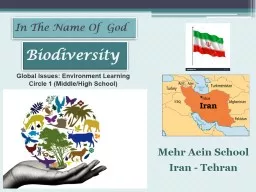




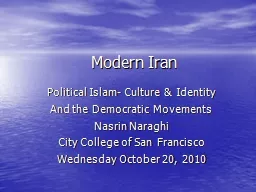
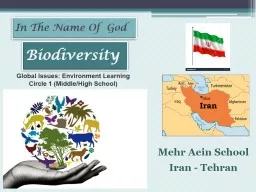


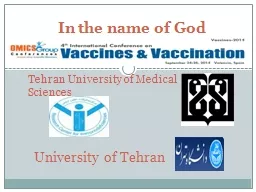

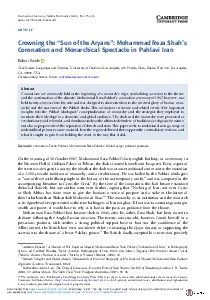

![[READ] Effizientes Zeitmanagement - Praxiserprobte Methoden und Tools: Mehr Effizienz](https://thumbs.docslides.com/1005705/read-effizientes-zeitmanagement-praxiserprobte-methoden-und-tools-mehr-effizienz-im-alltag-weniger-stress-bei-der-arbeit-mehr-produktivit-t-im-leben-effizient-1-german-edition.jpg)